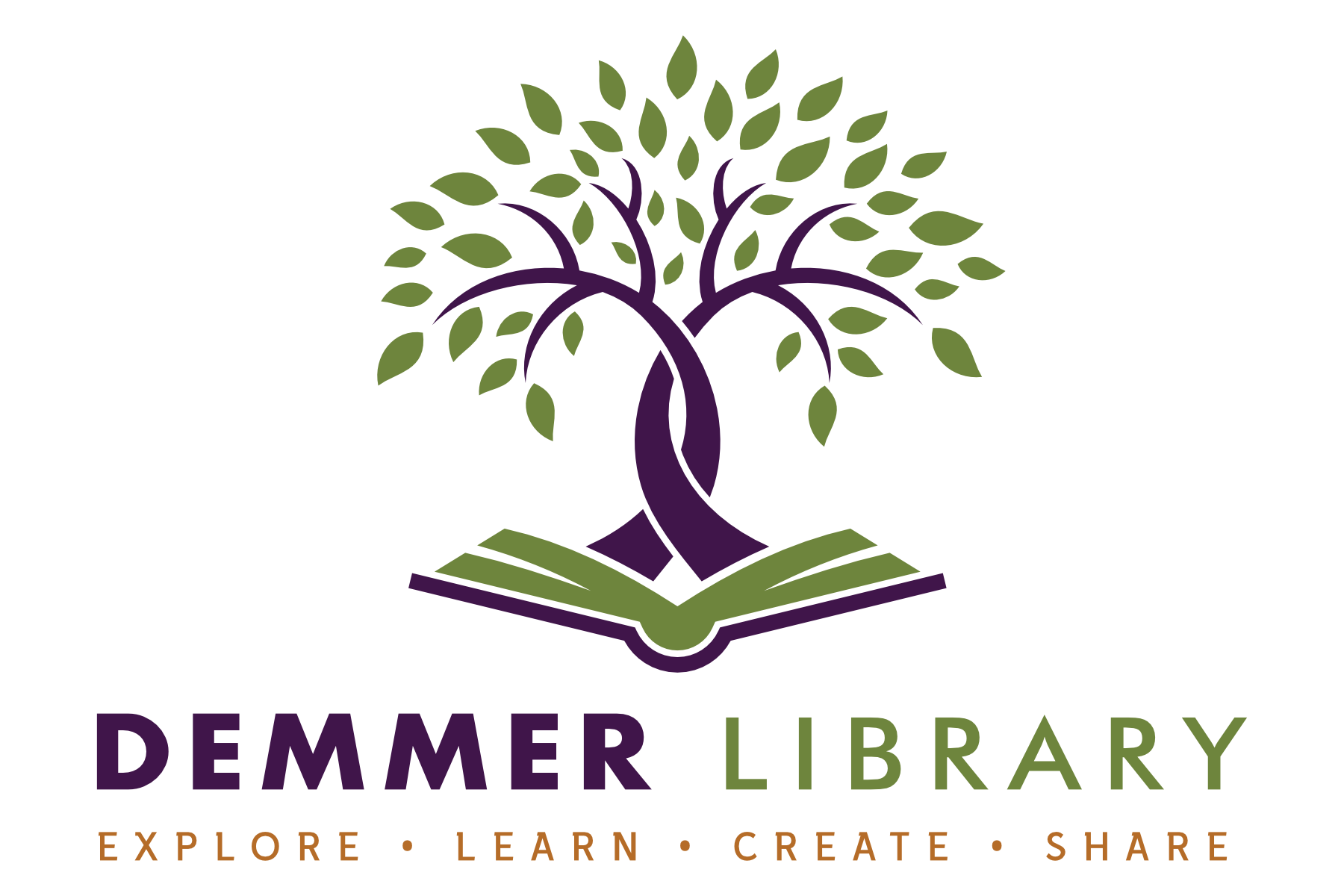From September to November, Coffee and Kids articles will focus on developmental milestones for early childhood, specifically for 3, 4 and 5 year olds. At most every gathering with parents, we are asked “Is it normal for my child to…?” or “What should I expect to observe about my child at home, in preschool settings or at school?” or “What should I do if a milestone is not met on time?” Parental expectations of what a child should be able to do at various ages arise from experiences in family history, observations of same age peers, feedback from medical professionals and school grade level curriculum outcomes.
Considerable research supports the identification of milestones in several key areas:
Physical/Movement Development [example for a 3 year old: jump with two feet; turn pages in a book]
Cognitive (learning, thinking, problem-solving) development [example for a 3 year old: follow 2-3 step directions; names some colors]
Language/Communication Development [example for a 3 year old: use and understand common action words, such as “running: and “jumping”]
Social and Emotional Development [example for a 3 year old: learns to share and take turns, but may not always like it]
Each set of milestones represents a range of observable or measurable observations that are likely at a particular age and provide a guideline for possible intervention if outside of the range. Recently the American Academy of Pediatrics and the Center for Disease Control have updated milestones in order to provide more consistent criteria for identifying milestones for various age groups: Developmental milestones are things most children (75% or more) can do by a certain age.
A child’s biological characteristics and environment interact to shape patterns of growth. Each area of development both supports and is supported by the others. The National Association for the Education of Young Children [NAEYC] states, “Although general progressions of development and learning can be identified, variations due to cultural contexts, experiences, and individual differences must also be considered.” So expect variation among children and for an individual child in the timing of achievement across and within the areas of development and in behaviors demonstrating development.
Sources: https://www.naeyc.org/resources/position-statements/dap/principles
For 3 year old’s milestones: https://www.cdc.gov/ncbddd/actearly/milestones/milestones-3yr.html and https://www.webmd.com/parenting/guide/child-at-3-milestones

